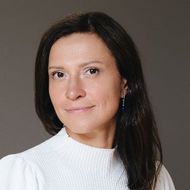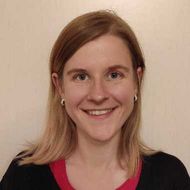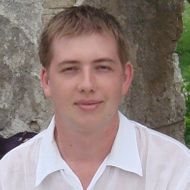AI-Based diagnostic and assistive speech technologies
Project goal
is to create models for the earliest possible diagnosis of cognitive and speech disorders, accurate prediction of their development and effective individualised correction.
The project proposes to combine existing large amounts of clinical, neuroimaging and behavioural data and modern artificial intelligence technologies to train models for diagnostic and corrective decision-making.
Practical applicability of the project results:
Predicting speech skills from eye movements while reading
Using machine learning methods, the project team produces a classification of eye movements during reading based on large and unique data corpora collected.
Two parts of the project can be distinguished:
- The dyslexic part of the project identifies children's risk of developing dyslexia based on eye movements, and highlights the eye-movement parameters that contribute to a child's reading difficulties.
- Predicting English language proficiency based on eye movement parameters when reading in English.
Diagnosis of neurocognitive and mental disorders by speech stream
Based on various speech characteristics (prosody, voice characteristics, vocabulary, syntax, text cohesion), using machine learning, researchers can predict whether a speaker has symptoms of disorders, predictors of imminent psychosis or symptoms of neurodegenerative diseases.
Predicting the severity of speech disorders based on MRI in stroke.
Brain magnetic resonance imaging data can be used to predict speech status in stroke survivors. The NRU HSE Centre for Language and Brain has marked-up data from 400 post-stroke patients. These data can be used for machine learning and to identify the most predictive models (regarding both the severity and nature of speech disorders).
Applications for the correction of neurogenic speech disorders
The project proposes the creation of speech function "simulators" that could replace speech therapy sessions for the correction of neurogenic speech disorders in adults (primarily aphasia after stroke).
Project team





